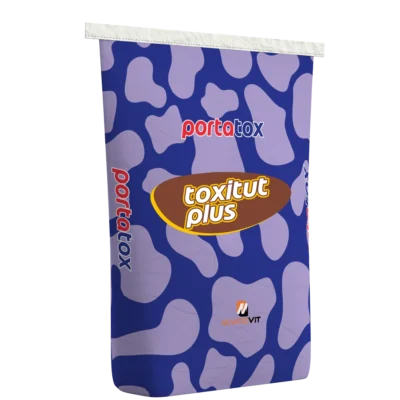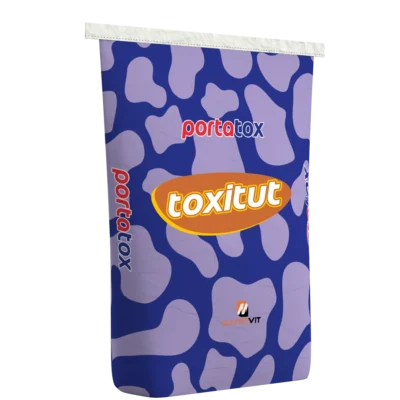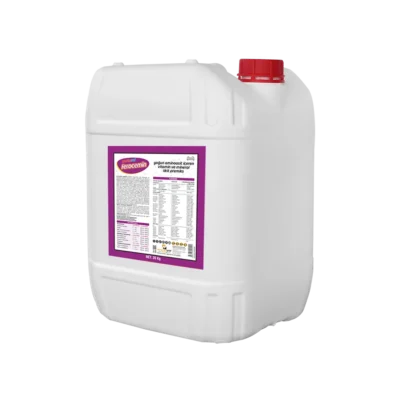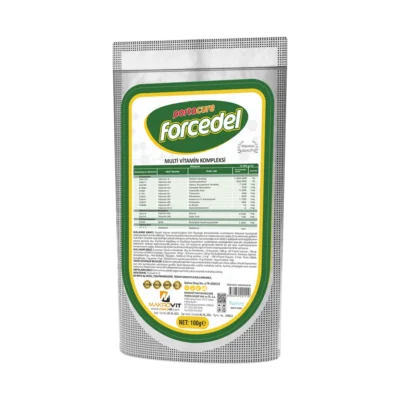
PORTASOL CALCI MAK
PORTASOL CALCI MAK
Macro And Micro Mineral Premix For Poultry, Small And Large Ruminants
INTENDED USE : Phosphoric acid is an acceptable source of supplemental phosphorus. P is one of the macro mineral found in every cell and is used in several processes including critical energy pathways (ATP), cell signalling and synthesis of cell membranes, RNA, DNA and bone. Phosphorus supplementation may also increase milk production and bone wall thickness in ruminants. Inorganic phosphorus in salivary glands of ruminants has 2 major functions: 1) acts as a buffer in the rumen, 2) provides adequate P for Rumen microbes. Rumen microbes have a P requirement apart from the animal's requirement which must be met for optimum Rumen microbial activities to occur.
Calcium is primarily needed macro mineral for bones, teeth, nerves, muscles, blood clotting, and enzymes. It is vital for healthy bones and teeth where along with phosphorus it brings rigidity and shape to these structures. Calcium may also play a fundamental role in the transfer of information between cells and in the transmission of nerver impulses. Calcium metabolism at calving is one of the most important animal health factors influencing production, reproduction and feed conversion efficiency. Calcium is essential for proper muscle activity.
Essential macro mineral Magnesium is located in the skeleton, bound to calcium and phosphorus, and necessary for bone growth and stability.
Trace elements are essential for maintaining health and immunity. They are involved in growth, production and reproduction. Trace minerals may act as co-factors of enzymes which are important to the immunity of animal.
It is also used to meet macro mineral and trace mineral need of poultry. It has a positive effect on improving egg production and egg shell quality in laying hens. It may play an important role in the development of the skeletal system in broilers and in the increase of productivity.
USAGE : It is used by being mixed 1ml into 2 liters of drinking water for poultry and 500 ml into 1.000 liters of drinking water for large ruminants and 1.000 ml into 1.000 liters of drinking water for small ruminants.













